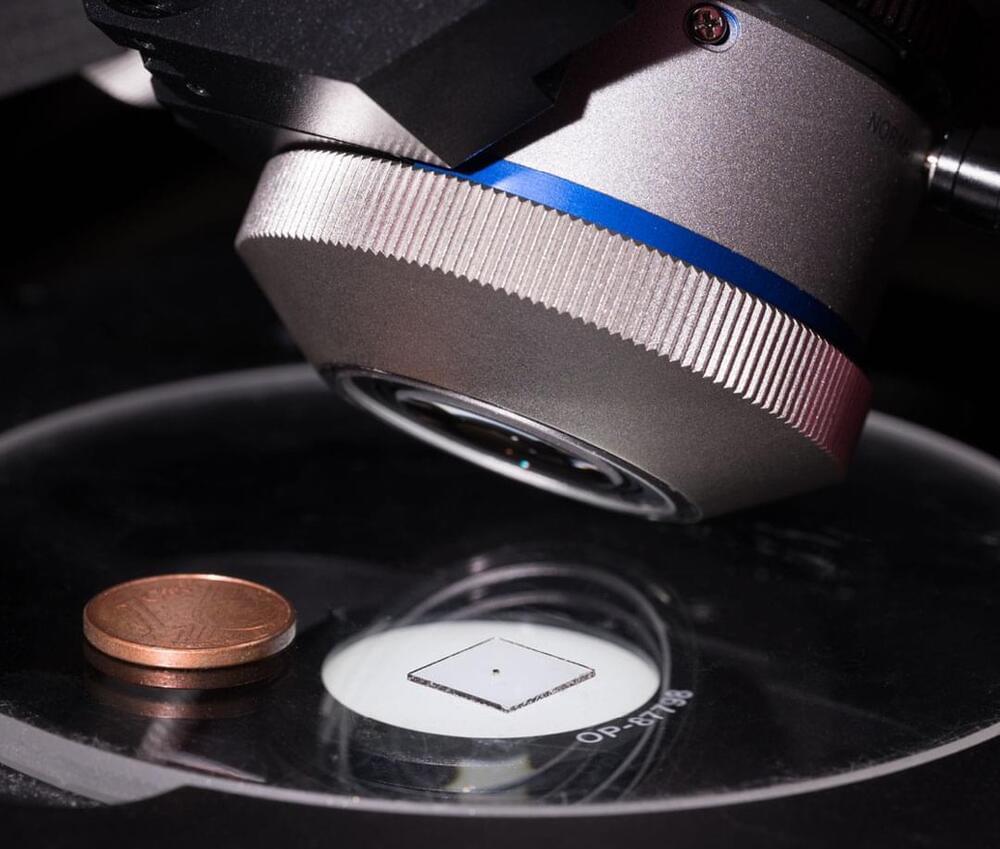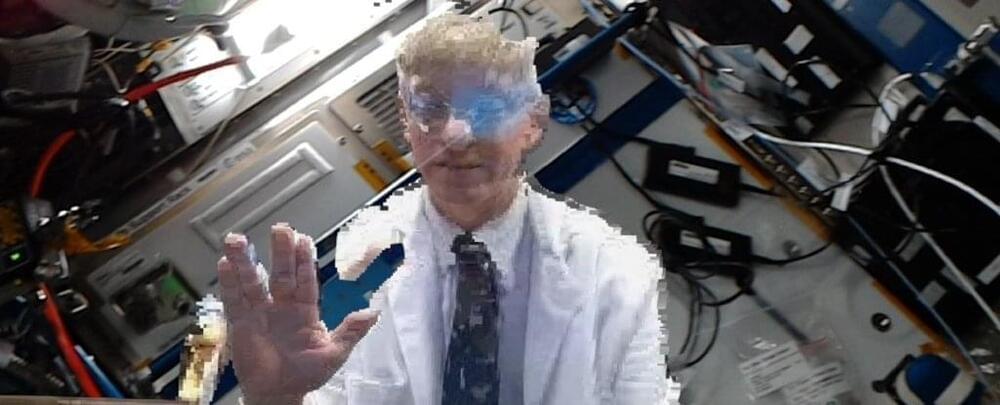It doesn’t have to be all fun and games in the Metaverse, especially when its best use cases are the ones that need a different reality the most. Thanks to a few companies that have large marketing machines, the word “Metaverse” has become muddled in hype and controversy. While the current use of the coined word might be new to our ears, the technologies that empower it have been around for quite some time now. And they aren’t always used for games or entertainment, even if that is what everyone thinks these days. In fact, one of the most frequent early adopters of these technologies come from the medical field, which continuously tests new equipment, theories, and digital experiences to help improve lives. So while mainstream media, carmakers, and social networks continue to shine the light on new ways to experience different worlds, the Metaverse, its concepts, and its applications are already sneaking their way into medical and scientific institutions, ready to take healthcare to the next, augmented reality level.
Category: augmented reality – Page 27
Project CAMBRIA VR Headset — The First Live Demonstration!
Project Cambria is coming out Later This year, The Next generation Standalone Mixed Reality Headset.
“This demo was created using Presence Platform, which we built to help developers build mixed reality experiences that blend physical and virtual worlds. The demo, called “The World Beyond,” will be available on App Lab soon. It’s even better with full color passthrough and the other advanced technologies we’re adding to Project Cambria. More details soon.“
Let’s Get into it!
SUPPORT THE CHANNEL smile
► Become a VR Techy Patreon → https://www.patreon.com/TyrielWood.
► Become a Sponsor on YouTube → https://www.youtube.com/channel/UC5rM…
► Get some VR Tech Merch → tyriel-wood.creator-spring.com.
► VRCovers HERE: https://vrcover.com/?itm=274
► VR Rock Prescription lens: www.vr-rock.com (5% discount code: vrtech)
FOLLOW ME ON:
►Twitter → https://twitter.com/Tyrielwood.
►Facebook → https://www.facebook.com/TyrielWoodVR
► Instagram → https://www.instagram.com/tyrielwoodvr.
►Join our Discord → https://discord.gg/nsSjXx4kfj.
A BIG THANKS to my VR Techy Patreons for their support:
Trond Hjerde, Dinesh Punni, Randy Leestma, yu gao, Daniel Nehring II, Alexandre Soares da Silva, Kiyoshi Akita, Tolino Marco, Infligo, VeryEvilShadow.
MUSIC
► My Music from Epidemic Sounds → https://www.epidemicsound.com/referral/kf0ycv.
#Meta #VRHeadset #Cambria.

Quantum computers vs supercomputers: How do they differ?
Over the years, supercomputers have played a pivotal role in pushing the frontiers of science. Earlier this year, Meta launched one of the fastest AI supercomputers, the AI Research SuperCluster (RSC), to build sophisticated AI models that can learn from trillions of examples; navigate hundreds of different languages; seamlessly analyse text, images, and video together; build AR tools etc.
However, the quest for something even faster than supercomputers led to the development of quantum computers. Last year, the University of Science and Technology of China (USTC) introduced the world’s fastest programmable superconducting quantum computer; Zuchongzhi 2.1 is a million times faster than a conventional computer.
At last year’s I/O conference, Google unveiled a Quantum AI campus in Santa Barbara, California, complete with a quantum data centre, quantum hardware research labs, and quantum processor chip fab facilities. The tech giant plans to build a useful, error-corrected quantum computer within a decade.


These ‘smart’ contact lenses have a built-in display for augmented reality
Circa 2020
A startup has built what it claims is the “world’s first true smart contact lens” with an embedded display that would bring augmented reality experiences closer to your eyeball than ever before.
The company is called Mojo Vision, and its Mojo Lens is the culmination of over a decade of research, development, and patent filings (it’s racked up over 100 patents to date). While it’s not shipping a product (yet), the company is currently demonstrating a working prototype.
“After extensive research, development, and testing, we are excited to reveal our product plans and begin sharing details about this transformative platform,” said Drew Perkins, CEO at Mojo Vision. “Mojo has a vision for Invisible Computing where you have the information you want when you want it and are not bombarded or distracted by data when you don’t. The technology should be helpful, and it should be available in the moment and fade away when you want to focus on the world around you.”

Researchers add atomic-layer antireflection coatings to complex 3D printed micro-optical systems
Researchers have developed a new way to apply antireflective (AR) coatings to 3D printed multi-lens systems as small as 600 microns in diameter. Because these coatings help minimize light losses due to reflection, they are critical for making high-quality 3D printed systems consisting of multiple microlenses.
“Our new method will benefit any 3D printed complex optical system that uses multiple lenses,” said research team leader Harald Giessen from the University of Stuttgart in Germany. “However, it is especially useful for applications such as miniature fiber endoscopes, which require high-quality optics and are used for imaging under less-than-ideal lighting conditions.”
The researchers used a microscope to acquire tilted-view images of a 600-micron-diameter doublet lens system 3D printed on a 1×1 cm 2 glass slide. The doublet lens system is visible as the small dot in the center of the glass slide. The coin is included for scale. (Image: Moritz Flöss, University of Stuttgart)


Facebook’s newest proof-of-concept VR headset looks like a pair of sunglasses
Circa 2020
Facebook has shown off a new proof-of-concept virtual reality headset, and it has a completely different design than most other VR devices on the market today. Instead of a bulky contraption that covers up the top half of your face and has to be strapped to your head, this proof-of-concept headset looks kind of like a pair of large sunglasses that can sit comfortably on your ears.
Yet Facebook is billing this new device as not a pair of augmented reality glasses, as common conceptions of AR devices go, but a legitimate VR product. They’re very thin, with a display thickness of less than 9mm, and Facebook claims they have a field of view that’s “comparable to today’s consumer VR products.” Here’s a top-down view:
The proof-of-concept glasses aren’t just thin for looks, though — they also apparently beam images to your eyes in a way that’s different than standard VR headsets on the market today. I’ll let Facebook’s research team explain one of those techniques, called “holographic optics:”

NASA Beamed a Doctor to The ISS in a World-First ‘Holoportation’ Achievement
There’s never been a house call quite like this. In a first for telepresence communication, a NASA flight surgeon was ‘holoported’ to the International Space Station (ISS), appearing and conversing as a virtual presence in real time, hundreds of miles above the surface of Earth.
If it sounds like Star Trek, you’re not too far off. (after all, Star Trek: Voyager did feature an artificial physician who was a holographic projection.)
But this isn’t science fiction. When NASA flight surgeon Josef Schmid was beamed up to the ISS in October of last year, the illusion was made possible thanks to Microsoft’s ‘holoportation’ technology, which lets users interact with 3D representations of remote participants in real time.
Waiting for the metaverse? The revolution is already here
There is no doubt that the “metaverse” will continue to dominate conversations — in both marketing and culture — for years. But there’s no need to sit on the sidelines as the new paradigm of 3D or “spatial” communication emerges; it’s already here and consumers are engaged and creating. Get active in AR/VR/XR today to entertain your audiences and keep your brand top-of-mind for the influencers driving the next revolution in creativity.
Jason Steinberg is managing partner of Pretty Big Monster.
Welcome to the VentureBeat community!